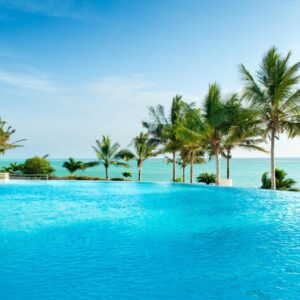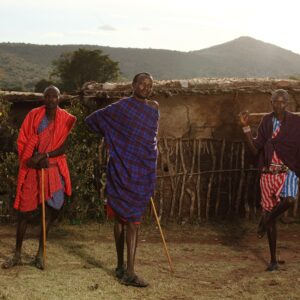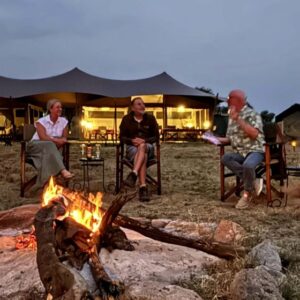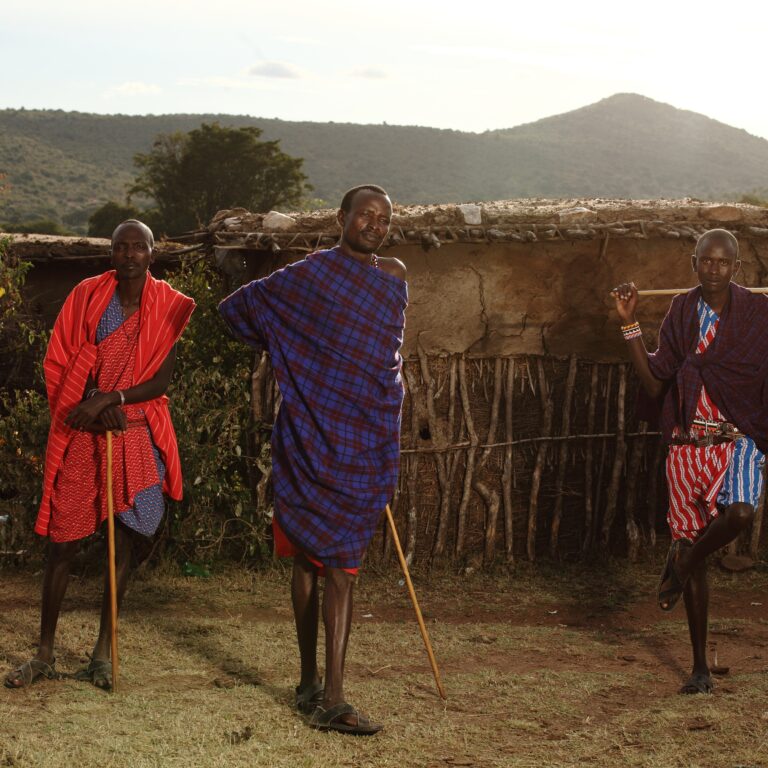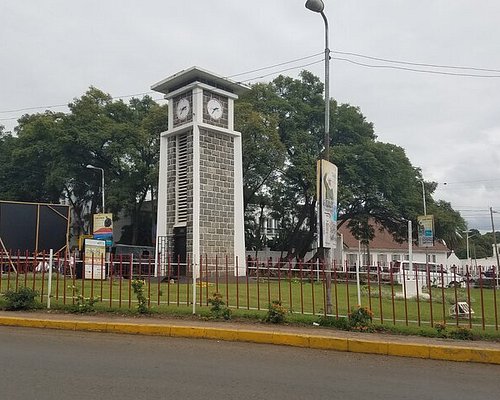The best time to visit Lake Eyasi, Tanzania is during the dry season, from June to October. This period offers the best wildlife viewing opportunities, as animals congregate around the lake due to limited water sources. The dry season also provides pleasant weather for cultural activities and trekking. Lake Eyasi, a captivating soda lake in northern Tanzania, offers a truly unique and immersive experience, distinct from the typical wildlife safaris. Its appeal lies primarily in its ancient cultures, unique landscapes, and prolific birdlife. Deciding the “best” time to visit depends heavily on your priorities: are you seeking the most comfortable weather for cultural interactions, or are you a keen birder hoping for vibrant avian displays? Let’s break down Lake Eyasi by month to help you plan your ideal adventure.
Generally, Tanzania experiences two main seasons: the Dry Season (June to October) and the Wet Season (November to May), which is further divided into short rains (November-December) and long rains (March-May). Lake Eyasi’s character shifts significantly with these climatic changes.
Lake Eyasi in the Dry Season (June – October). This period is generally considered the best for cultural interactions, particularly with the Hadzabe, as the bush is less dense and their hunting and foraging activities are more visible. The lake itself often recedes to a shimmering salt pan, creating dramatic, otherworldly landscapes. Temperatures are generally mild during the day, with cooler mornings and evenings.
Lake Eyasi in the Wet Season (November – May). This period is characterized by lush, green landscapes and is a paradise for birdwatchers as migratory species arrive. While rain can occur, it often comes in short, heavy bursts, clearing to sunshine. Cultural activities might be slightly more challenging due to thicker vegetation and potentially muddy tracks, but offer a different perspective.
1. Lake Eyasi in January
January often sees a brief, drier interlude between the short and long rains, especially in northern Tanzania. The landscape is still green and beautiful from the earlier rains. Temperatures are warm, around 28°C (82°F), with less humidity than the rainier months. Birdwatching remains excellent, and cultural visits are comfortable.
2. Lake Eyasi in February
February is generally warm and humid, with average daily maximums around 28°C (82°F) and night temperatures around 10°C (50°F). It’s a “cusp” month, with relatively low rainfall before the long rains truly begin. The landscape is lush and green, and birdwatching is still exceptional with many migratory species present.
3. Lake Eyasi in March
March marks the onset of the “long rains.” Expect more frequent and sometimes heavier rainfall, though it rarely rains all day. Temperatures hover around 27°C (81°F). The landscape becomes incredibly verdant and beautiful, though some tracks might become challenging. Birdlife is at its absolute peak, offering stunning photographic opportunities of a lush, thriving ecosystem. While cultural visits are possible, they might require more flexibility due to weather conditions.
4. Lake Eyasi in April
April is typically the wettest month in Tanzania’s long rainy season. Expect significant rainfall, often in the form of afternoon thunderstorms, though these can clear quickly. Daytime temperatures are cooler, around 25°C (77°F). While some lodges may close or tracks become very challenging, for the adventurous, it offers a truly unique perspective: incredibly lush landscapes, dramatic skies, and unparalleled birding opportunities with very few other tourists. Cultural visits might be more affected by rain, but the experience is undoubtedly authentic.
5. Lake Eyasi in May
May sees the long rains tapering off towards the end of the month, with conditions gradually improving. The landscape is still intensely green and vibrant. Temperatures are mild, around 22°C (72°F). Birding remains excellent, and the area is less dusty. This can be a great shoulder-season month, offering a balance of good conditions and fewer crowds as the dry season approaches.
6. Lake Eyasi in June
June marks the clear beginning of the long dry season. The heavy rains have dissipated, leaving the landscape drier but still retaining some green from the earlier rains. Daytime temperatures are pleasant, around 21-27°C (70-81°F), with cooler mornings and nights. This is an excellent time for cultural visits as the Hadzabe’s activities become more accessible. Birdlife is still good, and the skies are generally clear.
7. Lake Eyasi in July
July is a peak dry season month, characterized by clear skies, warm days (around 25-28°C / 77-82°F), and chilly nights (dropping to 9-13°C / 48-55°F). The landscape becomes increasingly arid, with the lake receding further. This dryness makes cultural encounters with the Hadzabe even more compelling as their hunting activities are less obscured. Photography of the dramatic, parched landscapes and baobab trees is exceptional.
8. Lake Eyasi in August
Similar to July, August continues the dry season with very little rain, comfortable daytime temperatures (25-30°C / 77-86°F), and cool mornings/evenings. Wildlife spotting around remaining water sources might be possible, but the primary focus remains on cultural immersion and the unique, dry scenery. Dust can be a factor, so bring a scarf or buff.
9. Lake Eyasi in September
September maintains the dry, clear conditions best time to visit Lake Eyasi in Tanzania. Temperatures are warm and pleasant, ranging from 15-26°C (59-79°F). The lake is often at its lowest, presenting vast, reflective salt flats that are stunning for photography. Cultural visits remain excellent, and the reduced vegetation makes tracking easier.
10. Lake Eyasi in October
October is the tail end of the long dry season, often feeling warmer as the short rains approach best time to visit Lake Eyasi in Tanzania. Daytime temperatures can reach 26-28°C (79-82°F). While still generally dry, there’s a chance of early, isolated showers towards the end of the month, which can refresh the landscape. Cultural experiences are still very good.
11. Lake Eyasi in November
November marks the beginning of the “short rains best time to visit Lake Eyasi in Tanzania.” This period sees occasional, refreshing showers, typically in the afternoon, which quickly green up the landscape. Daytime temperatures are warm, around 27°C (81°F), with higher humidity. This is an excellent time for birdwatching as migratory birds return, and the scenery is revitalized. Cultural visits are still very feasible, though tracks might be slightly muddier.
12. Lake Eyasi in December
December continues the short rains, with the landscape becoming increasingly lush best time to visit Lake Eyasi in Tanzania. Temperatures remain warm, around 27°C (81°F). Birding is fantastic with a multitude of species. While there will be rain, it rarely affects activities significantly, often clearing for beautiful afternoons. The festive season can mean slightly more visitors, but Lake Eyasi remains relatively uncrowded compared to the national parks.
Final thought
For cultural encounters with the Hadzabe, the Dry Season (June to October) is generally preferred due to more accessible hunting and foraging activities, and drier, easier-to-navigate terrain. The stark, parched landscapes also offer a unique backdrop.
For birdwatching and lush landscapes, the Wet Season (November to May), particularly November-December and March-April, is the prime time, with migratory birds abundant and the scenery vibrant green. While the wet season might offer lush landscapes and vibrant birdlife, the rains can make it challenging to access certain areas and may disperse the wildlife. The dry season, especially from June to October, provides the most optimal conditions for wildlife viewing, cultural interactions, and overall accessibility.
Ultimately, Lake Eyasi offers a rewarding experience year-round, each season presenting its own unique charm. Your choice should align with your primary interests and your tolerance for different weather conditions. Regardless of when you visit, Lake Eyasi promises an unforgettable journey into the heart of Tanzania’s cultural and natural heritage.

